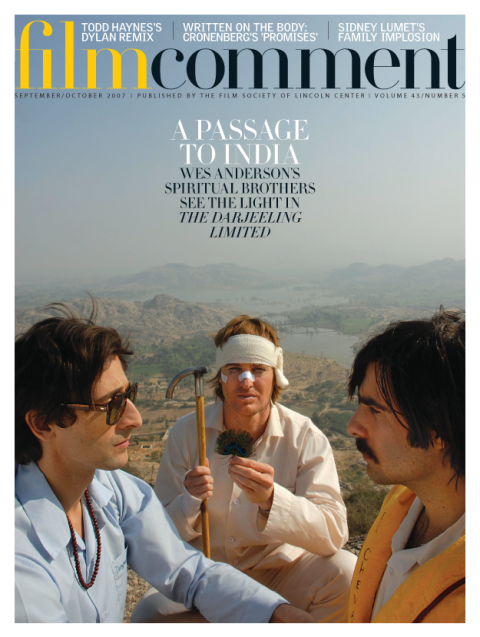
In 1933, the same year that Kong first crumpled the pavements of Manhattan, a series of earthquakes and gargantuan tsunamis completely washed away the American coastlines, most notably that stretch including New York City, eradicating every one of its skyscrapers and reducing the world’s largest metropolis to an archipelago of sand bars strewn with a few palm trees. Welcome to Deluge, one of Hollywood’s first eco-apocalyptic speculative exercises.
The film is mad, exhilaratingly so, and could have been helmed by Abel Gance at the zenith of his coke-addled, elliptical megalomania, and during the nadir of his financial support. The first half-hour economically stars no humans, but instead a barometer and a radio, as the imminent destruction of the world is revealed to viewers by curious Breton-approved inter-cutting (much admired by Breton), between the first instrument, plummeting frightfully, and some urgent newscasts from the second device concerning the far-flung, off-screen seismic traumas that make the deadly flooding of the world’s dry land inevitable! This surreally protracted household appliance two-hander is eventually, and shockingly, capped off by a sudden shift into the spectacular and lengthy sequence of New York’s destruction by oversized tidal waves, all accomplished with miniatures, in a special-effects tour de force as good as anything seen in the predigital age of pictures, and therefore better than anything seen since.
Then the story suddenly becomes human, a melodrama of love and survival in the post-cataclysmic dreamscape. Luscious pin-up Peggy Shannon, at 13 already a Ziegfeld Follies girl lying about her age and at 31 already dead of drink, plays an Olympic swimmer who flees a rapist by breast-stroking to the island inhabited by Sydney Blackmer—an actor who made a career of playing Teddy Roosevelt some eight times on film before essaying, some 35 years after the flood, the sinister Roman Castavet opposite Ruth Gordon in Rosemary’s Baby. With all respect to Ruth, Peggy Shannon is much more the trophy wife as she and Sydney set up pre-Code out-of-wedlock house beneath a few fronds on their tropical isle, formerly Tribeca.
Oh, did I mention that all original copies of Deluge have been lost and the only print that exists is one that was dubbed into Italian back in the Thirties, then recently given English subtitles? What strange transformations result from this simple distribution expedient. The murkiness of degraded old picture and soundtrack uncannily aids the fit of foreign language to domestic lips, and the film convinces as an Italian original. Extras who probably made their way to Hollywood from Salinas, Kansas, now seem to have come straight from one of Stromboli’s tuna boats; hair and complexions have darkened; gaits and blocking are more continental; the off-the-rack melodramatic menace of castaway outlaws has become naturalistically pitched to the Mediterranean temperament we know from Italian film.
Watching Deluge forces the viewer to translate and retranslate the film back and forth between its two languages, its two film cultures, and leads one down day-dreamy paths to wonder about the power, in their original language, of those legendarily amateur performances yanked by Roberto Rossellini out of his bewildered peasant thesps! You can only dizzyingly conclude that measuring performances is pointless in this wondrous world of artifice, and this revelation comes just in time, because by picture’s end its hordes of devolved savages are inundating the screen with depictions of lawlessness every bit as sleepy and deliciously zombified as Max Ernst’s clunky bandits in Bunuel’s L’Age d’or.
Director Felix Feist made Deluge, his first feature, at the downy age of 23, having previously directed only instructional sports shorts and a few Robert Benchley one-reelers. Where in the world did this assignment come from? Was it an act of Nature? He eventually made features again, including the noir gem The Devil Thumbs a Ride in 1947, but nothing ever got as benighted, as mesmeric as this flood of whatsits!








